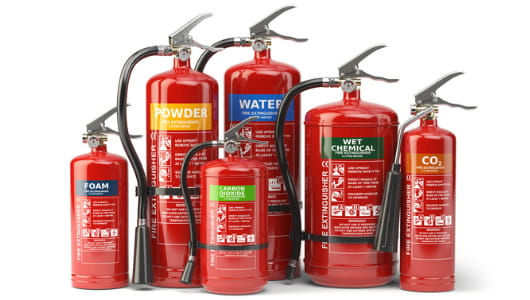In the field of firefighting, the development of synthetic foam concentrates has revolutionized fire control strategies. These compounds are meticulously crafted to enhance firefighting technology by providing an effective barrier against flames, especially in scenarios involving flammable liquids and hazardous materials.
This article explores the science behind synthetic foam concentrates, delving into their composition, how they function, and their vital role in effective fire control.
What Are Synthetic Foam Concentrates?
Synthetic foam concentrates are advanced chemical formulations used in firefighting to create a stable, robust foam that can effectively suppress fires. These foams are composed of a mixture of surfactants, solvents, and other additives that give them their unique fire-fighting characteristics.
The surfactants reduce the surface tension of water, allowing the foam to spread more efficiently over the surface of the fire. Solvents dissolve and distribute these surfactants evenly, while additional compounds enhance the foam’s stability and effectiveness under various conditions.
Key to the science behind synthetic foams is their ability to create a barrier that cuts off the oxygen supply to the fire, thus smothering the flames. Unlike traditional water-based firefighting methods, which can sometimes be less effective against certain types of fires, synthetic foams can tackle a broader range of fire scenarios, making them indispensable in modern firefighting technology.
The Chemistry Behind Synthetic Foams
The effectiveness of synthetic foam concentrates lies in their chemical makeup. The surfactants used have both hydrophilic (water-attracting) and hydrophobic (water-repelling) ends.
This characteristic allows the foam to form stable bubbles that trap water, creating a thick layer of foam that blankets the fire. This layer not only smothers the flames but also prevents flammable vapors from escaping, thereby reducing the risk of re-ignition.
Various types of synthetic foams are tailored to specific firefighting needs:
- Aqueous Film-Forming Foams (AFFF): Ideal for liquid hydrocarbon fires, these foams form a thin, aqueous film that spreads over the fuel surface, effectively cutting off oxygen and suppressing vapors.
- Alcohol-Resistant Aqueous Film-Forming Foams (AR-AFFF): These foams are designed to handle fires involving polar solvents, such as alcohols, which can degrade regular AFFF.
- Fluorine-Free Foams: As environmentally friendly alternatives, these foams do not contain fluorinated surfactants, making them suitable for use in eco-sensitive environments without compromising fire control.
The Role of Synthetic Foam in Fire Control Mechanisms
How Synthetic Foam Suppresses Fires
The application of synthetic foam concentrates in firefighting exploits several mechanisms to effectively control and extinguish fires. When deployed, the foam performs through these key actions:
- Cooling: The water content within the foam absorbs heat from the fire, reducing the high temperature and slowing the combustion process.
- Smothering: By forming a dense foam layer over the burning material, it cuts off the oxygen supply essential for combustion.
- Separating: The foam barrier prevents the interaction between the fuel and the air, hindering the formation of flammable vapors.
- Suppressing: Some synthetic foams include chemical agents that disrupt the chemical reactions of combustion at the molecular level, further aiding in fire suppression.
More Info: These mechanisms illustrate how synthetic foam effectiveness is achieved, making them superior for tackling fires that involve complex and high-risk materials. Whether it’s flammable liquids, hazardous chemicals, or large-scale industrial fires, synthetic foam concentrates provide a versatile and powerful tool in modern firefighting.
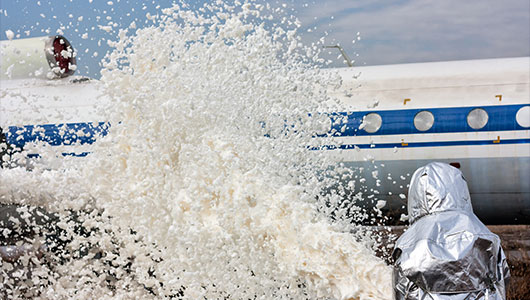
Application Techniques for Optimal Effectiveness
To maximize the effectiveness of synthetic foam concentrates, firefighters use different application techniques based on the type and scale of the fire:
- Direct Application: This method involves applying the foam directly onto the fire surface, which is most effective for confined fires, such as fuel spills or pool fires.
- Subsurface Injection: Typically used for storage tank fires, this technique involves injecting foam below the surface of the burning liquid, allowing it to rise and form a protective layer over the fuel.
- Aspirated vs. Non-Aspirated Foam: Aspirated foam is aerated through a nozzle before application, producing a more stable and voluminous foam. This is particularly useful for large-scale fires where a thick foam blanket is needed. Non-aspirated foam is less foamy but quicker to apply, making it suitable for rapid response scenarios.
These methods highlight the adaptability of synthetic foam concentrates in various firefighting situations, showcasing their critical role in fire control mechanisms.
Advancements in Firefighting Technology with Synthetic Foams
Innovations Driving Synthetic Foam Effectiveness
Advancements in firefighting technology have significantly enhanced the effectiveness of synthetic foam concentrates. These innovations include:
- Environmentally Friendly Formulations: With increasing awareness of environmental impacts, newer synthetic foams are being developed to be biodegradable and free from harmful fluorinated compounds. This shift ensures that fire suppression efforts do not come at the expense of environmental health.
- Performance in Extreme Conditions: Modern synthetic foams are engineered to maintain their efficacy under a wide range of temperatures and pressures, which ensures reliable performance in diverse and extreme firefighting scenarios.
- Improved Storage and Stability: Technological advancements have led to the development of synthetic foams with enhanced shelf life and stability, ensuring they remain effective even after prolonged storage.
Note: These developments underscore the ongoing evolution of synthetic foam technology, which continues to push the boundaries of what is possible in firefighting.
Case Studies: Synthetic Foam in Action
Synthetic foam concentrates have proven their value in various real-world applications:
- Industrial Fires: During a massive fire at a chemical plant in Houston, Texas, in 2019, the rapid deployment of AR-AFFF synthetic foam was crucial in controlling the blaze and preventing a catastrophic spread. The foam’s ability to form a protective layer over the burning chemicals significantly mitigated the fire’s impact.
- Wildfires: In wildfire-prone areas, synthetic foams have been used to create firebreaks and protect structures. These foams can be applied preventatively to create barriers that slow the advance of flames, giving firefighters valuable time to control the fire.
- Airport Incidents: Airports, with their high risk of fuel-related fires, have adopted synthetic foam systems as part of their emergency response protocols. These foams are used to quickly suppress fires in aircraft and fuel storage areas, preventing potentially disastrous outcomes.
Key Info: These case studies illustrate how synthetic foam concentrates play a vital role in effective fire control across a range of challenging and high-stakes environments.
The Future of Synthetic Foam in Fire Control
Emerging Trends and Technologies
As we look toward the future, several emerging trends are set to shape the development and application of synthetic foam concentrates in firefighting:
- Smart Foam Systems: The integration of sensors and automated systems is leading to the development of smart foam systems that can optimize the deployment of synthetic foam in real time. These systems adjust the foam’s application based on the fire’s characteristics, improving efficiency and effectiveness.
- Nanotechnology: The use of nano-materials in synthetic foams is enhancing their properties, making them more effective at lower concentrations and reducing their environmental footprint. This technology promises to revolutionize firefighting technology by making synthetic foams more versatile and sustainable.
- Sustainable Solutions: Research continues into fully biodegradable and non-toxic synthetic foam alternatives that meet stringent environmental regulations without compromising fire suppression capabilities. These innovations aim to balance effectiveness with environmental stewardship.
These trends highlight the future direction of synthetic foam technology, focusing on sustainability, efficiency, and adaptability to meet the dynamic demands of fire safety.
Challenges and Considerations
Despite the many advantages of synthetic foam concentrates, there are challenges that need to be addressed to ensure their continued effectiveness and safety:
- Environmental Impact: While strides have been made in developing more environmentally friendly foams, some formulations still contain compounds that can persist in the environment and pose ecological risks. Ongoing research and development are essential to minimize these impacts.
- Regulatory Compliance: As regulations evolve, especially concerning the use of fluorinated chemicals, manufacturers must continually adapt their formulations to meet new standards and ensure compliance.
- Cost and Accessibility: Advanced synthetic foam technologies can be too expensive, which may limit their availability in some regions or for smaller firefighting units. Efforts to make these technologies more accessible and affordable are crucial for widespread adoption.
Knowing these challenges will be key to the future success and sustainability of synthetic foam concentrates in modern firefighting.
Conclusion: The Vital Role of Synthetic Foam in Modern Firefighting
Synthetic foam concentrates have become indispensable in modern firefighting, providing effective solutions for fire control in a variety of challenging scenarios. From industrial infernos and wildfires to airport emergencies, these foams offer firefighters a powerful tool to protect lives and property.
As firefighting technology continues to advance, the role of synthetic foams is set to become even more critical. Ongoing innovations are enhancing the effectiveness, sustainability, and adaptability of fire control strategies.
By understanding the science behind synthetic foam concentrates and the mechanisms through which they operate, we can appreciate their essential contribution to effective fire control and the ongoing evolution of firefighting capabilities.
Read More Articles:
Expansion Foam Concentrate: The Game Changer for Fighting Large Fires
Protein Foam 101: How It Works to Fight Fires
Advantages of Advanced AR-AFFF Foam Technology – Fire Protection Ultimate Guide 2024
Related Articles

Protein Foam: Your Guide to Effective Fire Suppression
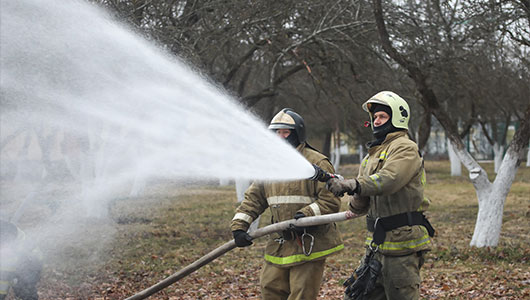
AR-AFFF Foam: Find the Right Formula for Your Needs

AFFF Foam: Your Essential Guide to Fire Safety

Why ECOFOAM is the Future of Environmentally Friendly Firefighting

Foam Concentrates: Sustainable Solutions for Environmentally Conscious Fire Protection

The Right Foam for Every Fire: Synthetic Concentrates for Varied Hazards & Environments

Expansion Foam Concentrate: The Ultimate Solution for Controlling Flammable Liquid Fires
Stop Fire in Its Tracks: Protein Foam's Versatility Across Hazards & Environments

Fluorine-Free Foam (ECOFOAM): Next-Generation Fire Suppression Solutions for Modern Challenges
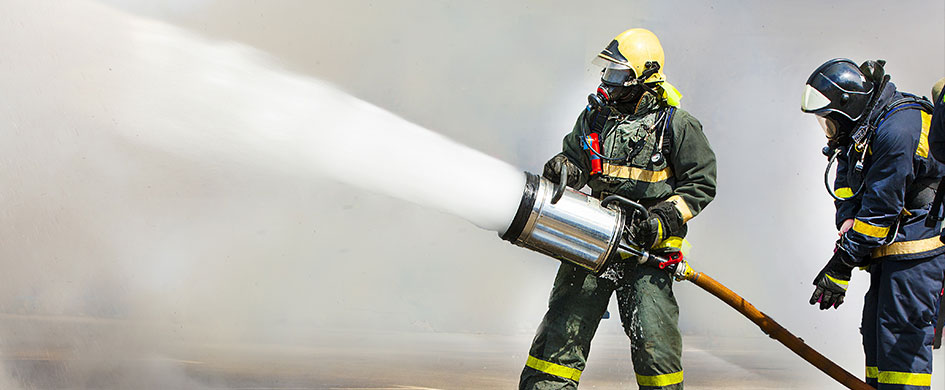
Future of Firefighting is Here: Top Trends in Foam Concentrate Technology Explained

Expansion Foam Concentrate: The Game Changer for Fighting Large Fires
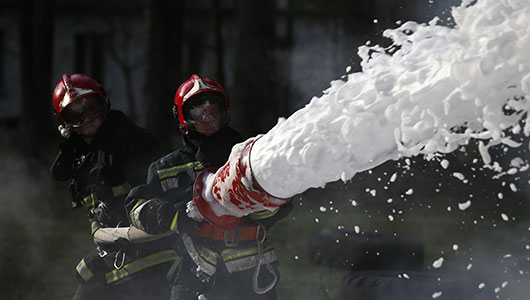
Protein Foam 101: How It Works to Fight Fires
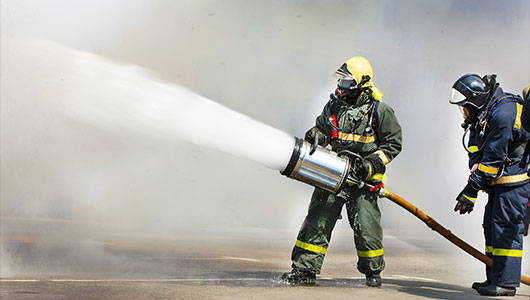
Advantages of Advanced AR-AFFF Foam Technology - Fire Protection Ultimate Guide 2024
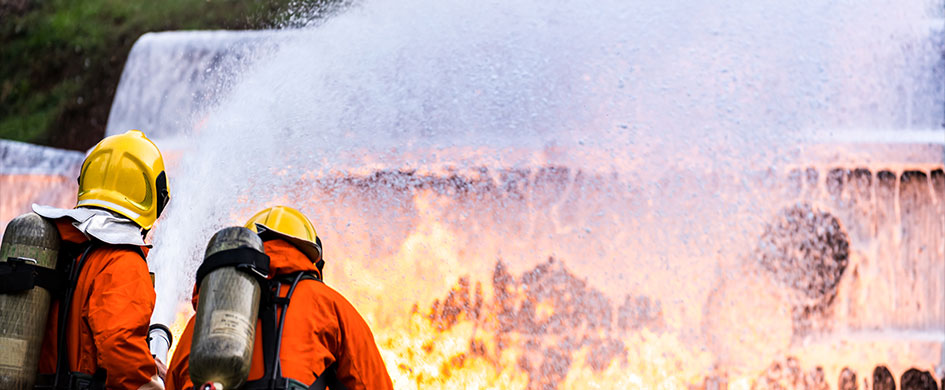
AFFF Fire Suppression: Applications & Benefits for Enhanced Safety
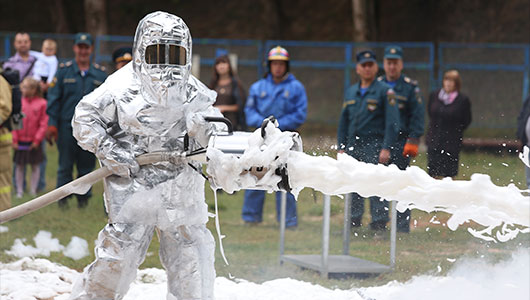
Foam Concentrates vs Traditional Fire Extinguishers: Which is More Effective?

Fight Fires Eco-Friendly: Rise & Future of Fluorine-Free Foam (ECOFOAM)

Synthetic Foam Concentrates: Advancing Fire Suppression with Cutting-Edge Technology

Expand Your Fire Safety Arsenal: Exploring the Versatility of Expansion Foam Concentrate
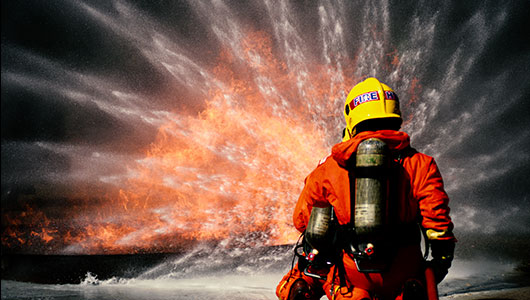
Protein Foam Concentrates: Harnessing Nature's Power for Effective Fire Suppression | Guide 2024
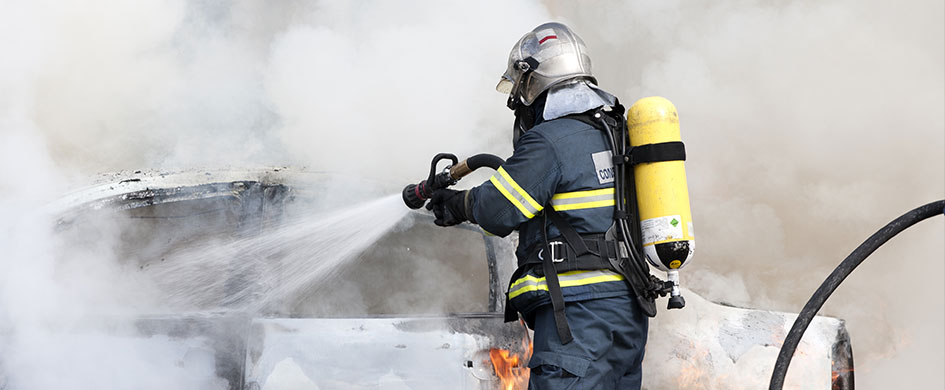
Advanced AR-AFFF Foam: The Cutting-Edge Solution for Superior Fire Suppression Performance
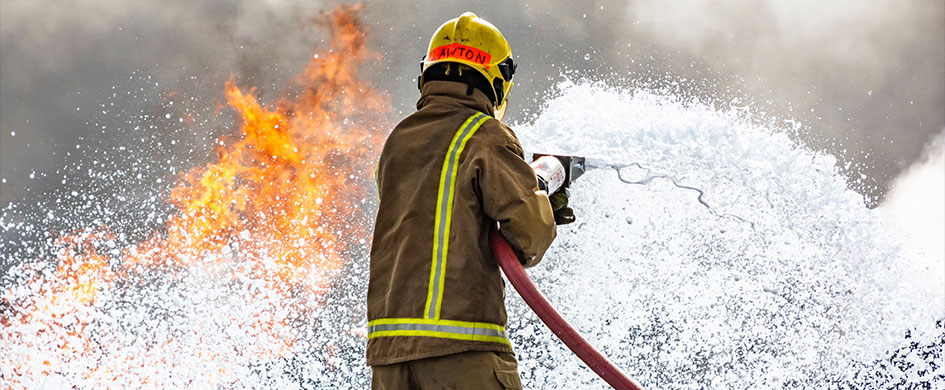
Understanding AFFF Role in Rapid Fire Suppression

The Rise of Eco-Friendly Fire Suppression: Exploring Fluorine Free Foam (ECOFOAM) Solutions

Foam Concentrates: The Ultimate Guide(2024) to Effective Fire Suppression
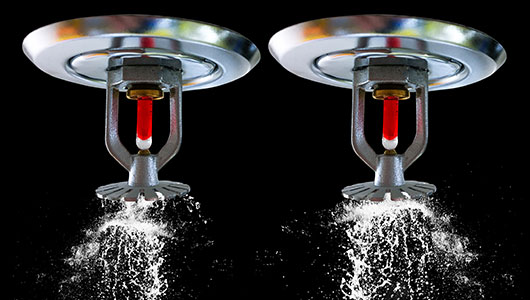
Choosing the Right Fire Sprinkler System for Your Commercial Property
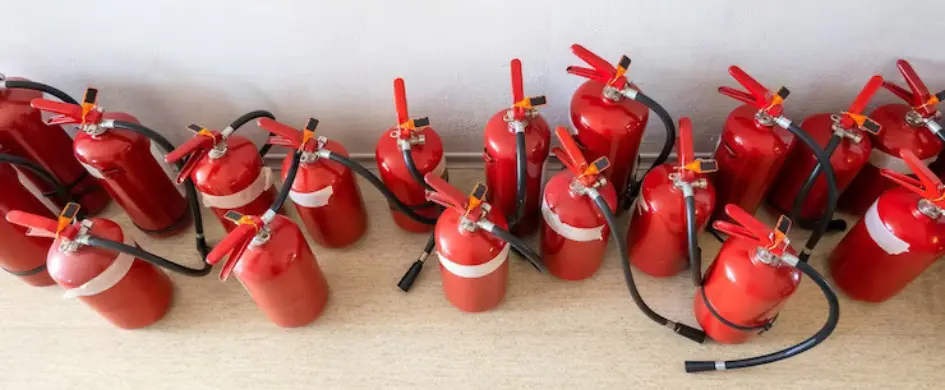
Emergency Evacuation Planning: Steps to Ensure Workplace Safety

The Ultimate Guide to Fire Extinguishers: Types, Uses, and Maintenance
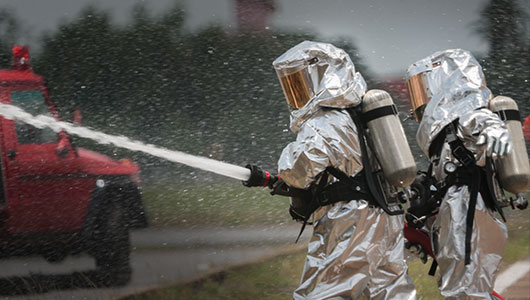
The Role of Personal Protective Equipment (PPE) in Firefighting
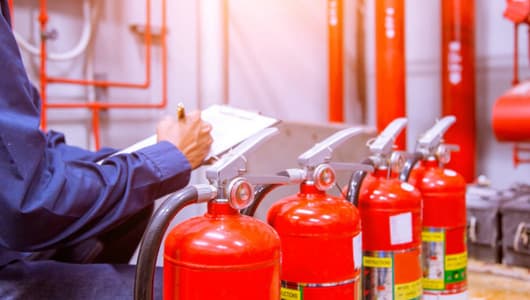
Keeping Your Business Safe: A Comprehensive Guide to Fire Risk Assessments
Protecting Your Electrical Equipment: The Importance of a Fire Suppression System for Electrical Panels
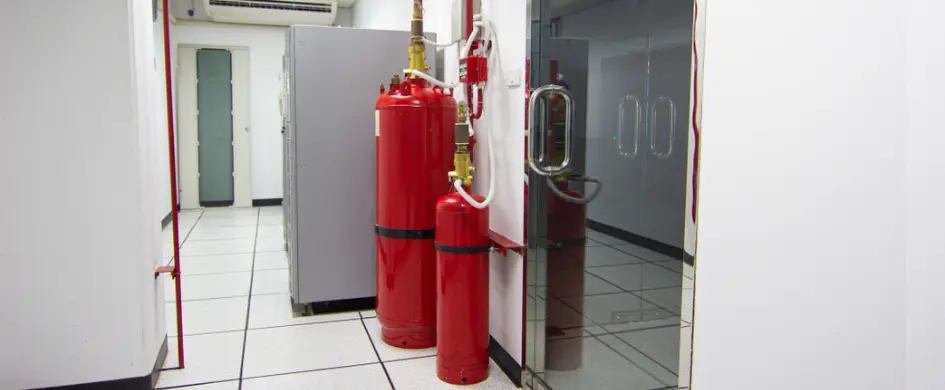
Protect Your Data Center with a Reliable Fire Suppression System

How to choose a water mist fire extinguisher
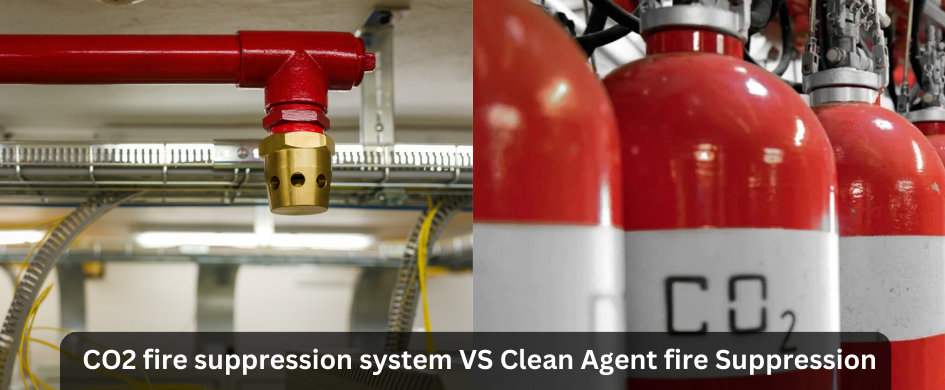
CO2 Fire Suppression System vs Clean Agent fire Suppression
Ensuring Safety in the Factory: Choosing the Right Fire Fighting Equipment
The Top 5 Places Where Fire Suppression Systems are a Must

How to Choose the Right Fire Safety Equipment for Factories

Difference Between Fire Suppression System and Fire Sprinkler
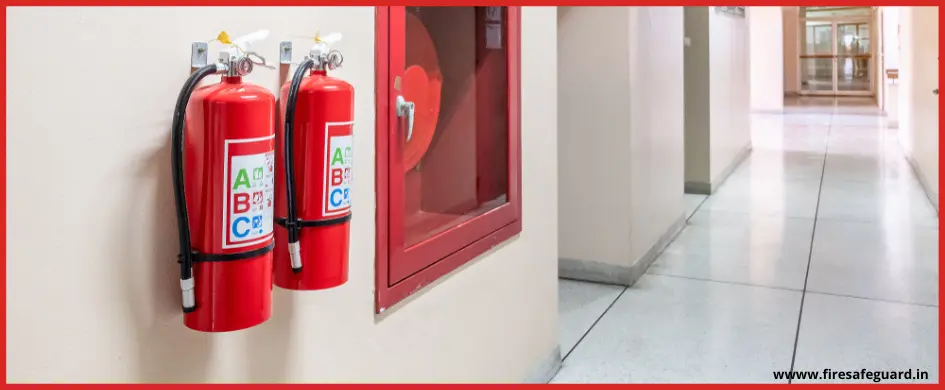
Ultimate Fire Extinguisher Buying Guide for Business owners
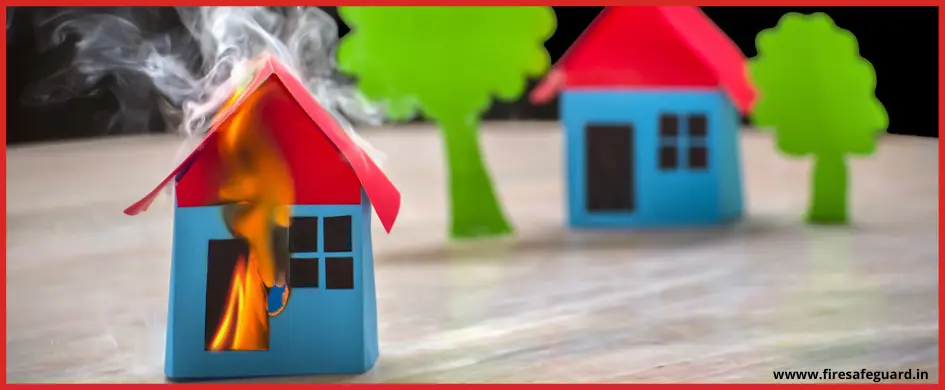
Known and Unknown Facts about Fire Everyone Should Know
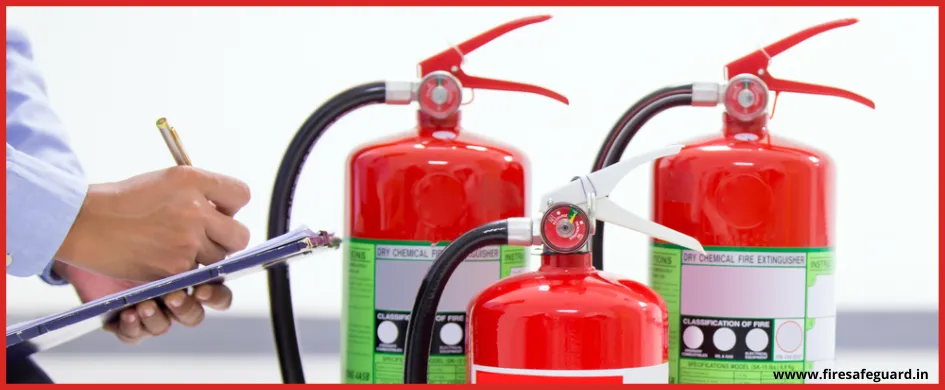
Everything you need to know about Water Type Extinguisher
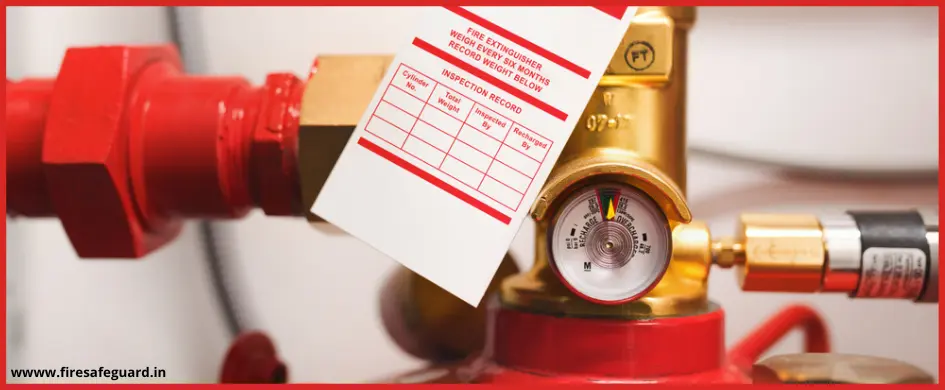
What is a Clean Agent Fire Extinguisher ? Detailed Guide 2024
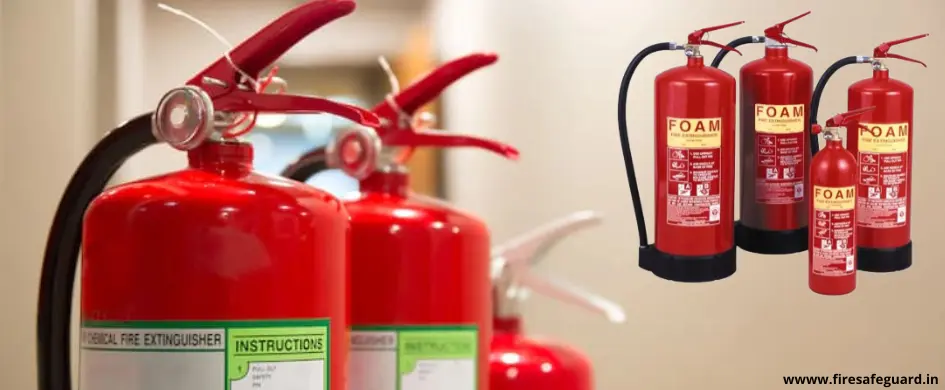
Everything You Need to Know About Foam-Type Fire Extinguishers
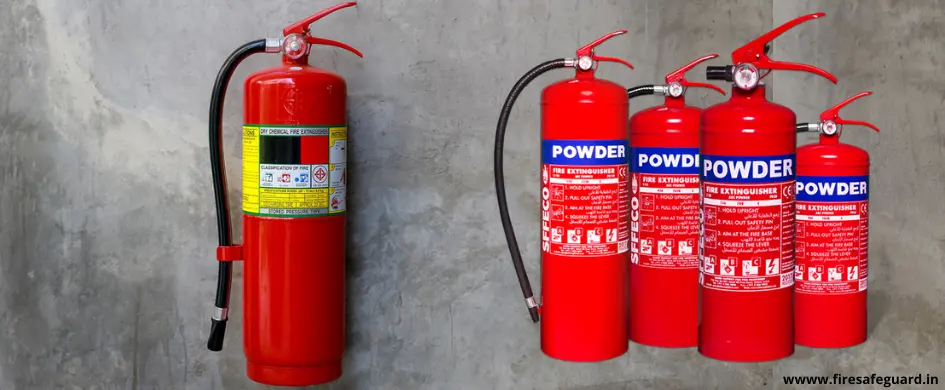
Everything You Need to Know about Dry Chemical Fire Extinguishers - Detailed Guide 2024

Top Fire Extinguisher Manufacturers in India
